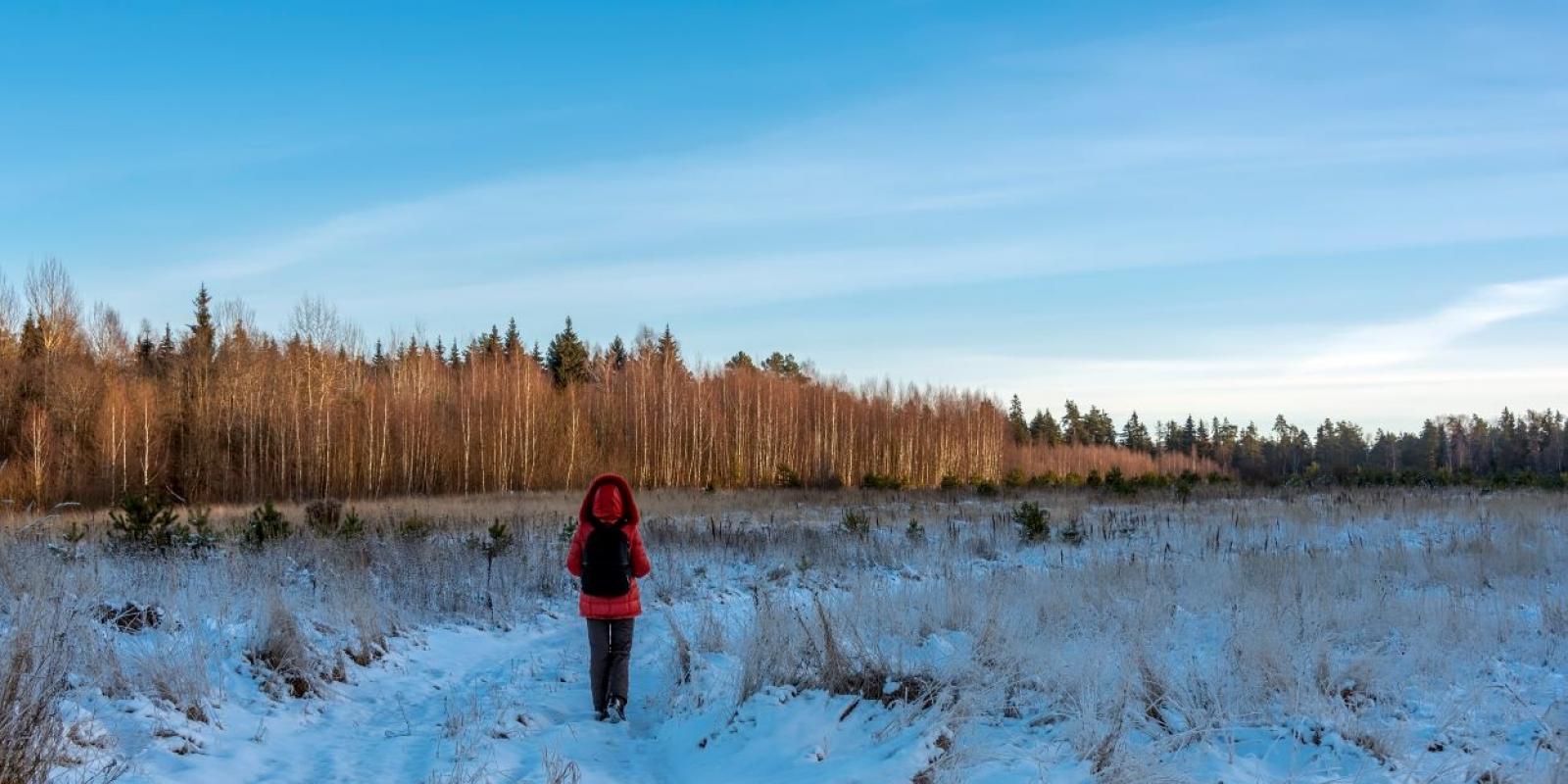However much I fled, my shadow did not leave me;
Only the sun has the power to drive away shadows, the sun increases and diminishes them;
seek this from the sun.
“Mystical Poems of Rumi” (trans. A.J. Arberry)
During many decades as a gerontologist, executive, speaker and writer in the positive aging and conscious aging communities, I waited and watched for a depth psychologist to bring the inner world into our field. I frequently left conferences disappointed that we didn’t hear the voices, the subjective experiences, of the older people we were studying. I eagerly hoped that someone eventually would build bridges between the crucial objective social, institutional, economic and political issues of our aging population and the crucial subjective psychological, emotional and spiritual issues of those in their later years.
For example: What does someone experience who finds renewed purpose after ending a long career? How can that renewal be supported by institutions and community? Or what is the subjective experience of making amends with someone who betrayed us, in an effort to feel forgiveness at the end of life? Or what is it like internally to make a shift from unconscious senior, living in denial, to conscious Elder, living with deep awareness and sharing her gifts? And how can society enable more people to make this psychological shift?
‘What is the inner lived experience of a woman who loses her career to ageism?’
Conversely, what is the inner lived experience of a woman who loses her career to ageism and whose self-image is rooted in her work? Or what happens to a man’s self-respect when he can no longer be a provider? Or what is the internal experience of a woman who becomes critically ill and faces her mortality for the first time, as she is unable to care for her family? How can society and families support aging transitions that involve more than changes in roles, but actually involve profound internal changes in identity, meaning and purpose?
Exploring the Unconscious as We Age
Then “The Inner Work of Age” arrived on my desk, as if in answer to my plea. In stories and interviews, it explores a realm of aging that is unexplored territory: the unconscious, or Shadow, as Carl Jung called it. The Shadow is that part of us that lies beneath or behind the light of awareness. It contains our rejected, unacceptable traits and feelings. And it also contains our hidden gifts and talents that have remained unexpressed or unlived. As Jung put it, the essence of the Shadow is pure gold.
As Rumi said above, only the sun, the light of awareness, can expose those dark, unknown recesses within us and eventually diminish them. The brighter the sun, the fainter the shadow. And Connie Zweig, well-known author of bestsellers on this topic, is the ideal explorer to go where no author has gone before—into the shadows of age.
Her book is organized around the unconscious inner obstacles that block our capacity to fulfill the extraordinary possibilities of late life. But more than that, it offers the tools—her method of shadow-work and spiritual practices from many traditions—to overcome those obstacles. Let me give you one example.
I believe that our dreams show us what we already know but cannot see. Jung developed dream work to explore the Shadow for that reason. Years ago, I had this dream: I applied to medical school at 70 and felt distressed because I was rejected. Upon awakening, I realized that ageism is in me, not just outside of me in social institutions.
The book’s author Connie Zweig explores ageism from inside out.
There are many books about the ravages of cultural ageism. But Connie writes about “the inner ageist”—that part of me that rejected myself in the dream. And that part of you, dear reader, that rejects yourself by hanging onto youth, self-image, success, control and denial of death at all costs. In other words, she explores ageism from the inside out, guiding us to become aware of the inner ageist and to allow it out of the shadow into the light.
Connie advocates for a combination of inner work and social justice work to resolve other critical issues of our time as well, from the global aging population to climate change, political activism, service and legacy, the cancer epidemic, family caregiving, repairing relationships and spiritual awakening. In each case, she includes the dimension of the Shadow, broadening and deepening the inner landscape of the issue.
From Self-rejection to Self-acceptance
In the end, this book is a call to awaken from denial to awareness, from self-rejection to self-acceptance, from distraction to presence, and from role to soul. It’s a call to awaken emotionally, spiritually and culturally to live fully who we are.
To extend Rumi’s metaphor, as the day draws to an end, shadow increases. At twilight, when the sun goes down, it’s harder to see. When night falls, and there is no light, we make our way by feeling things. So it is with old age. Only the sun—the light of awareness—has the power to drive away shadows. And this book and its tools promise to shed light on your fulfilling and surprising path ahead.
Harry R. Moody, Ph.D., former vice president and Director of Academic Affairs for AARP, former director of Brookdale Center on Aging at Hunter College, and former chair of Elderhostel (now Road Scholar), is currently faculty at Fielding Graduate University and editor of “Human Values in Aging” newsletter. He is co-author of “Aging: Concepts and Controversies” and author of “The Five Stages of the Soul: Charting the Spiritual Passages That Shape Our Lives.” He received the Lifetime Achievement Award from the American Society on Aging.
This is an excerpt from the Foreword to “The Inner Work of Age.”













